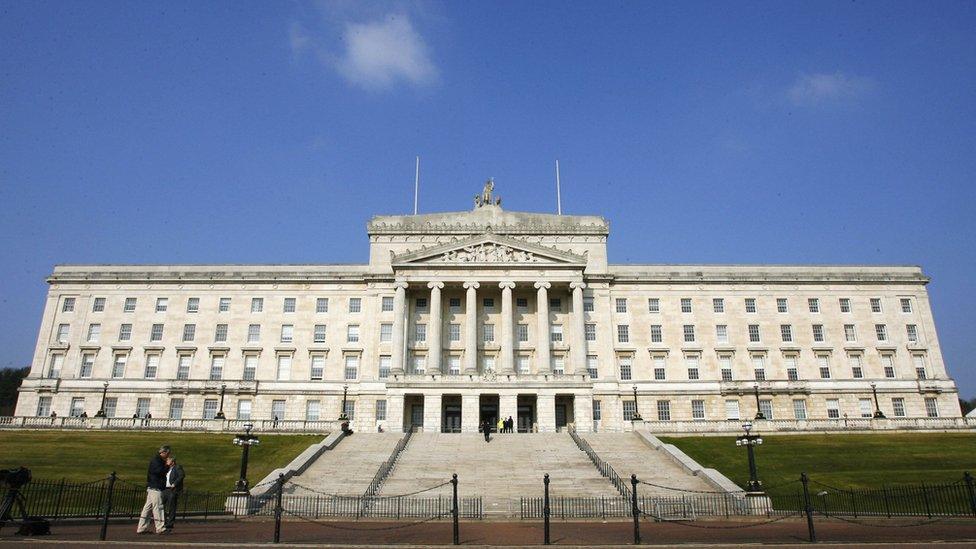The Troubles in Northern Ireland: Commemorating the Omagh bombing
- Published

Twenty one years ago, on 15th August in 1998, a car bomb exploded in the town of Omagh, County Tyrone, in Northern Ireland.
The attack was carried out by a group who called themselves the Real Irish Republican Army.
The bomb was detonated in a vehicle parked in the middle of the main street in Omagh.
The explosion killed 29 people and injured 220 others, making it the largest loss of life in a single incident, since a conflict known as the Troubles began.
What were the Troubles?
The conflict in Northern Ireland dates back to its separation from the rest of Ireland in the early 1920s.
Great Britain had ruled Ireland for hundreds of years, but it split off from British rule - leaving Northern Ireland as part of the UK, and the Republic of Ireland as a separate country.
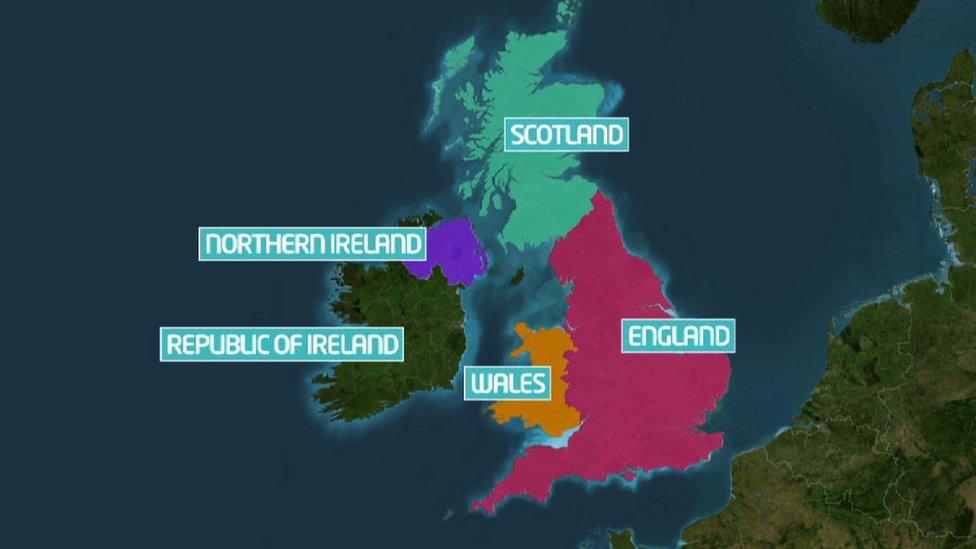
Northern Ireland (purple) is part of the UK - with England, Wales and Scotland - while the Republic of Ireland (green) is a separate country
The break-up led to decades of unrest and violence in Northern Ireland.
There were two main sides:
Unionists, who were happy to stay part of the UK - some of them were also called Loyalists (as they were loyal to the British crown)
Nationalists, who wanted Northern Ireland to be independent from the UK and join the Republic of Ireland - some of them were also called Republicans (as they wanted Northern Ireland to join the Republic of Ireland)
This period was known as The Troubles. It began in the late 1960s and lasted for 30 years.
Thousands of people on both sides were killed in the conflict.
The Good Friday Agreement
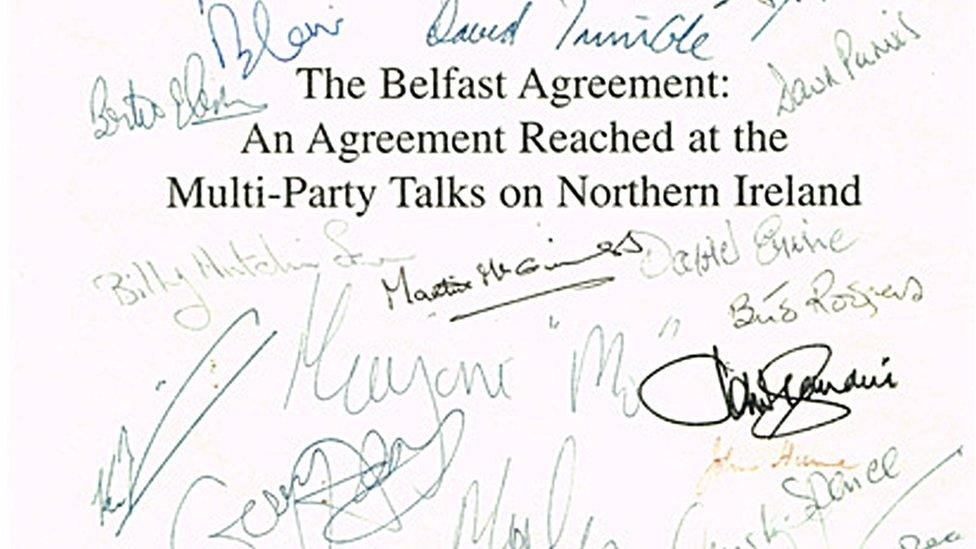
At the end of the 1990s, after decades of conflict, the two sides reached a deal to stop fighting.
This meant the Unionists and Nationalists had an opportunity to try to work through their differences.
In 1998, something called the Good Friday Agreement was signed. It was seen as a major step towards peace in Northern Ireland.
It resulted in a new government being formed where power would be shared between Unionists and Nationalists.
You can read more about The Troubles and The Good Friday Agreement here.
Why do we remember the Omagh bombing?
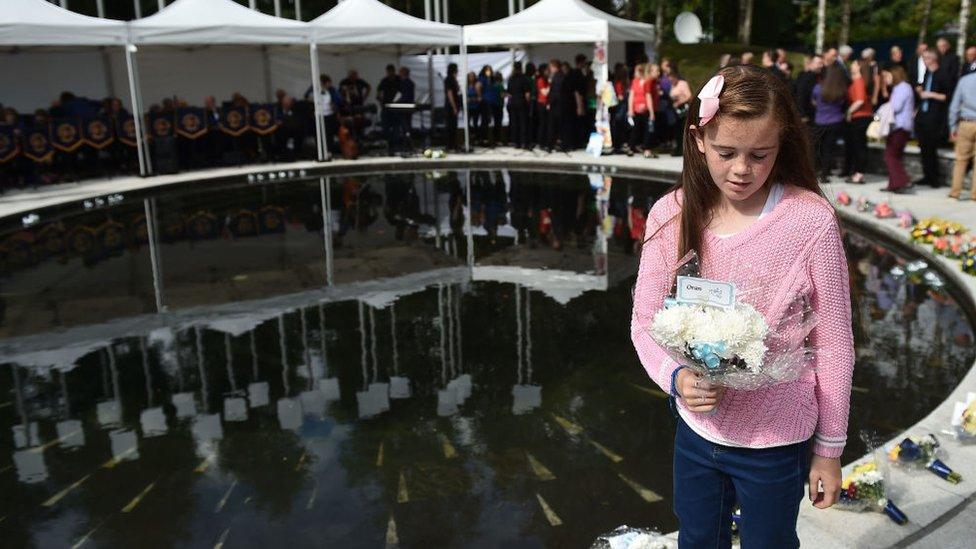
A relative lays a wreath as a remembrance service takes place for the victims of the Omagh bombing on it's 20th anniversary on August 12, 2018
The Omagh bombing was so shocking because it happened less than three months after The Good Friday Agreement had been signed - a deal that was supposed to bring an end to the fighting.
Around the world people were shocked by the event, and several world leaders expressed their sadness at what happened.
The Queen expressed her sympathy for the families of those who had died, and the Prince of Wales visited Omagh to meet those affected.
Tony Blair, who was Prime Minister of the UK at the time, called the bombing an "appalling act of savagery and evil".
- Published10 April 2023
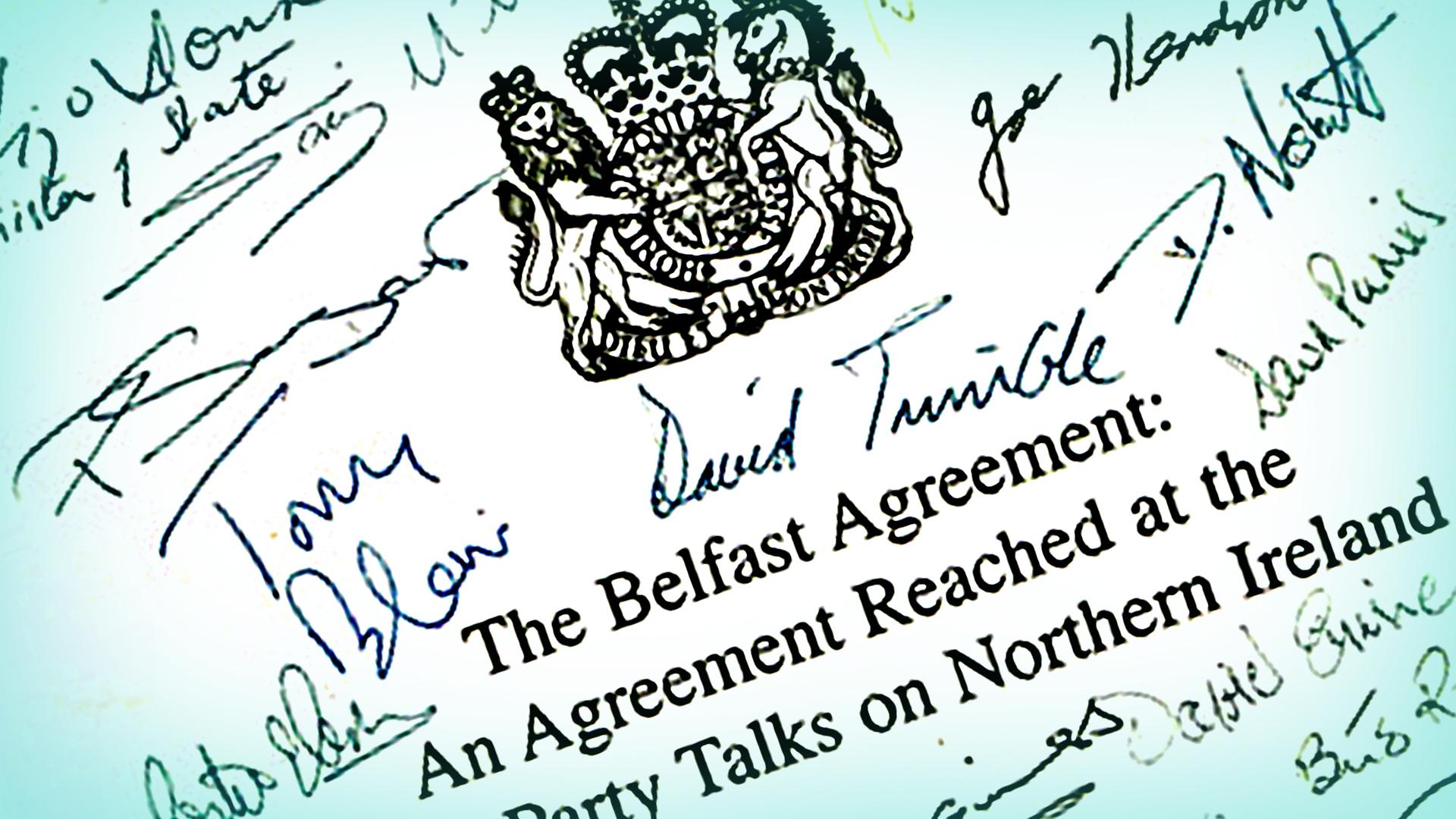
- Published12 July 2011
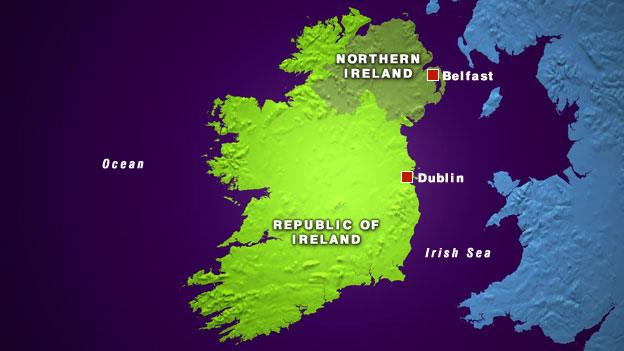
- Published10 January 2020
